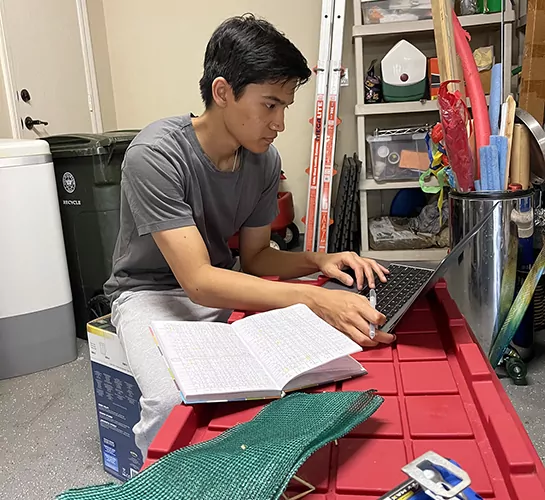Deeper Dive
In the U.S., coastal erosion destroys about $500 million in property loss and 80,000 acres of wetlands annually. For most of my life, I thought of coastal erosion as a natural process not to be interfered with, but we already have. 40% of the world’s population lives around coastal areas -- we depend on it for trade, food, and energy. When Hurricane Harvey hit Houston in 2017, I was made viscerally aware of that dependence. The coast isn’t something we can give up. That awareness, and a childhood fascination with water, birthed this project.
Stable Shores is a three-part project: 1) a physical experiment 2) a mathematical model 3) a cost analysis. Of the three parts, the physical experiment presented the most challenges. About halfway through setting up a wave basin in my garage, I realized neither the testing devices nor the wave actuator – the two crucial moving parts of my experimental set-up – worked. It took four frustrating trial-and-error cycles to create the bead-in-tube testing-devices and drill-powered wave actuator I used in my final set-up.
The novel structures developed over the course of this project, particularly the cost-effective Bernoullis, represent the possibility of more adaptive, eco-friendly coastal protection structures. But this project’s most significant contribution is the formulation of a Golden Standard: two guidelines that can predict a defense’s effectiveness – a roadmap for the coastal defenses of the future.



